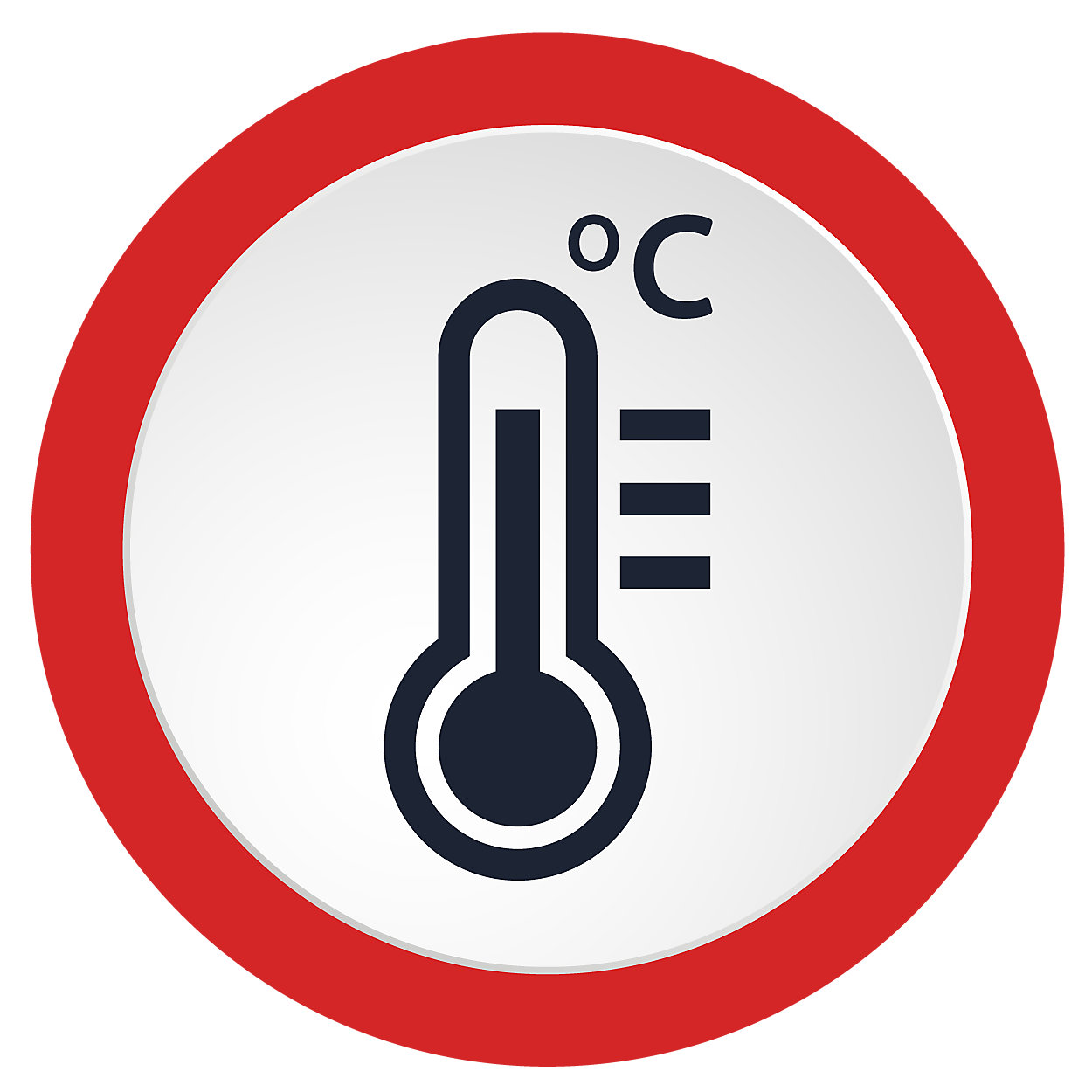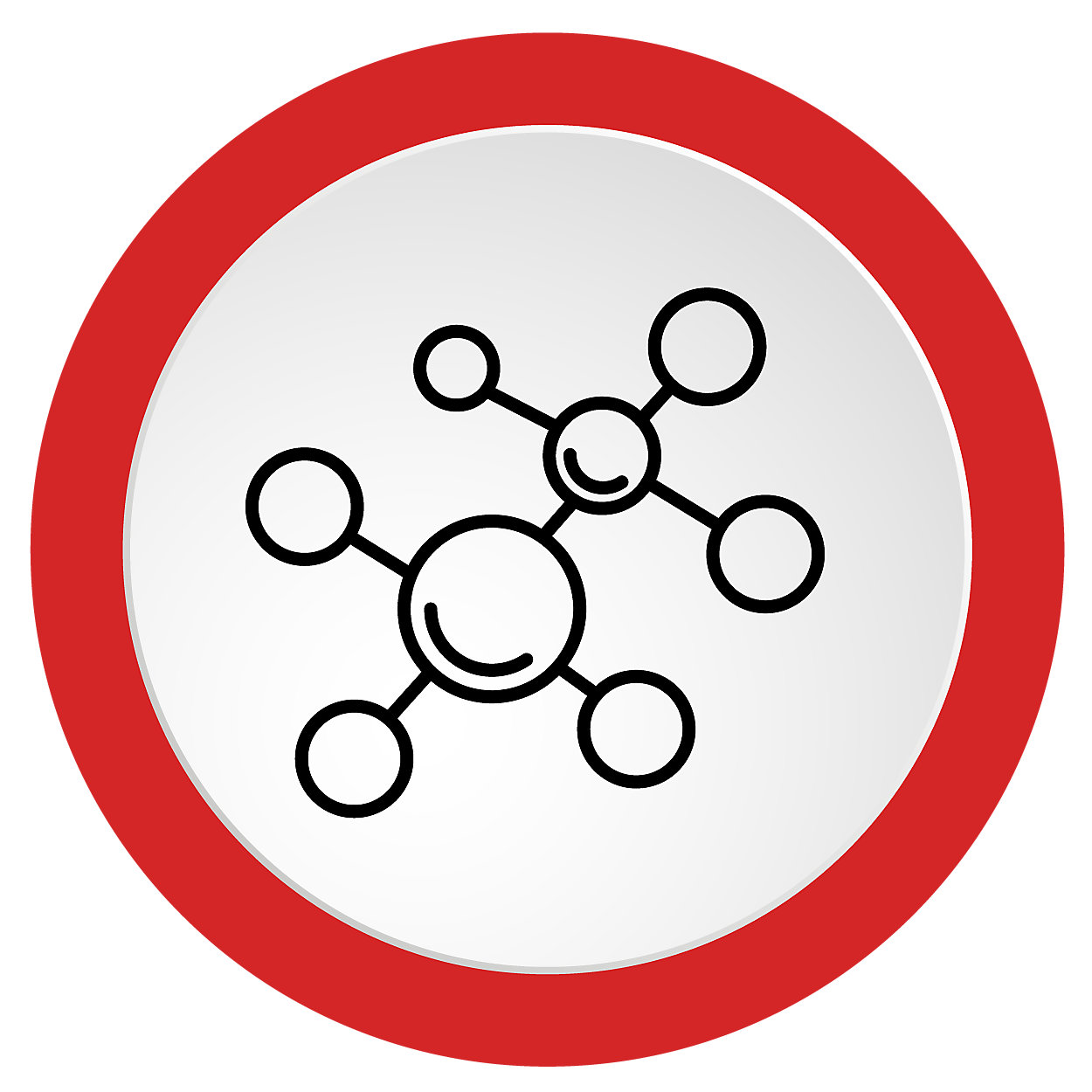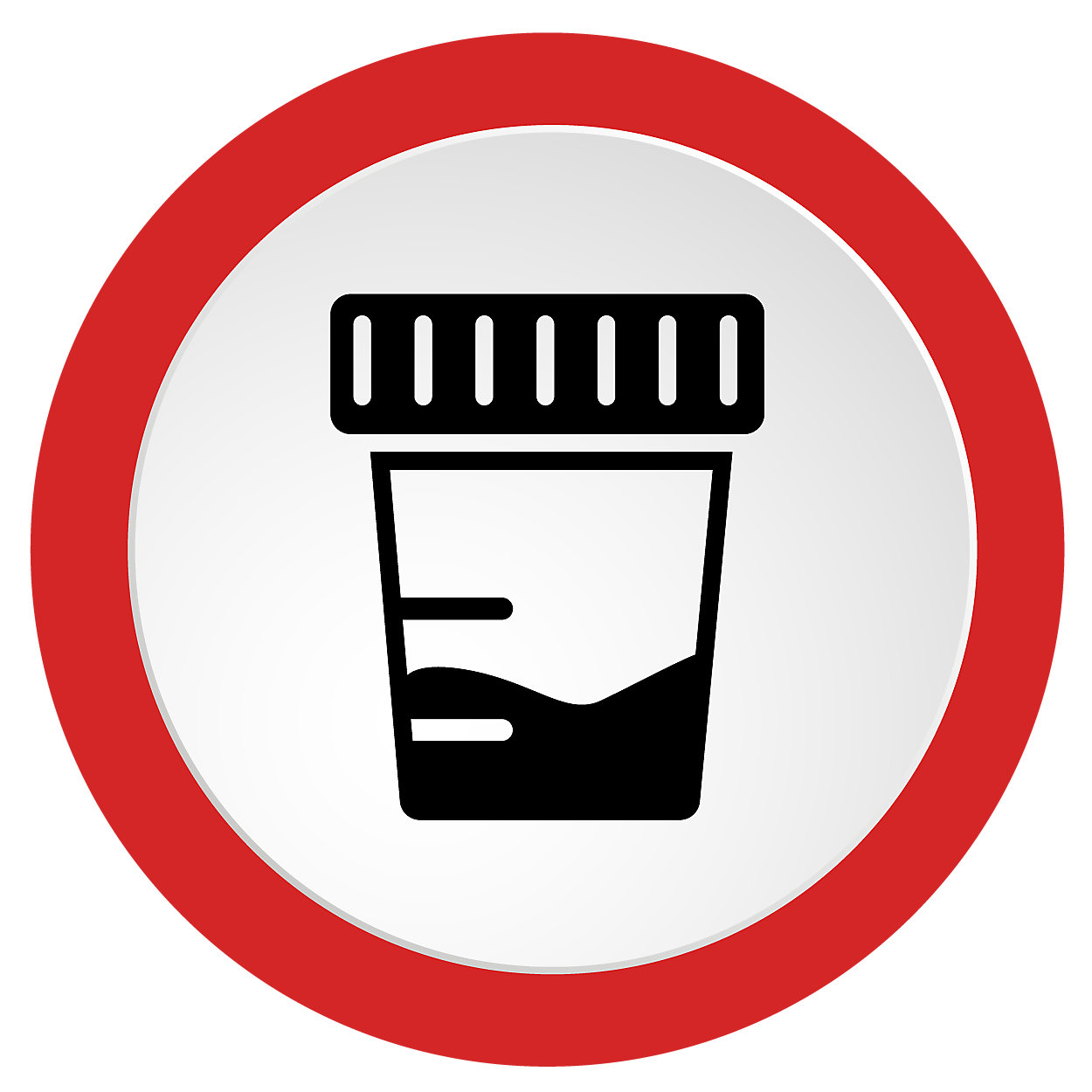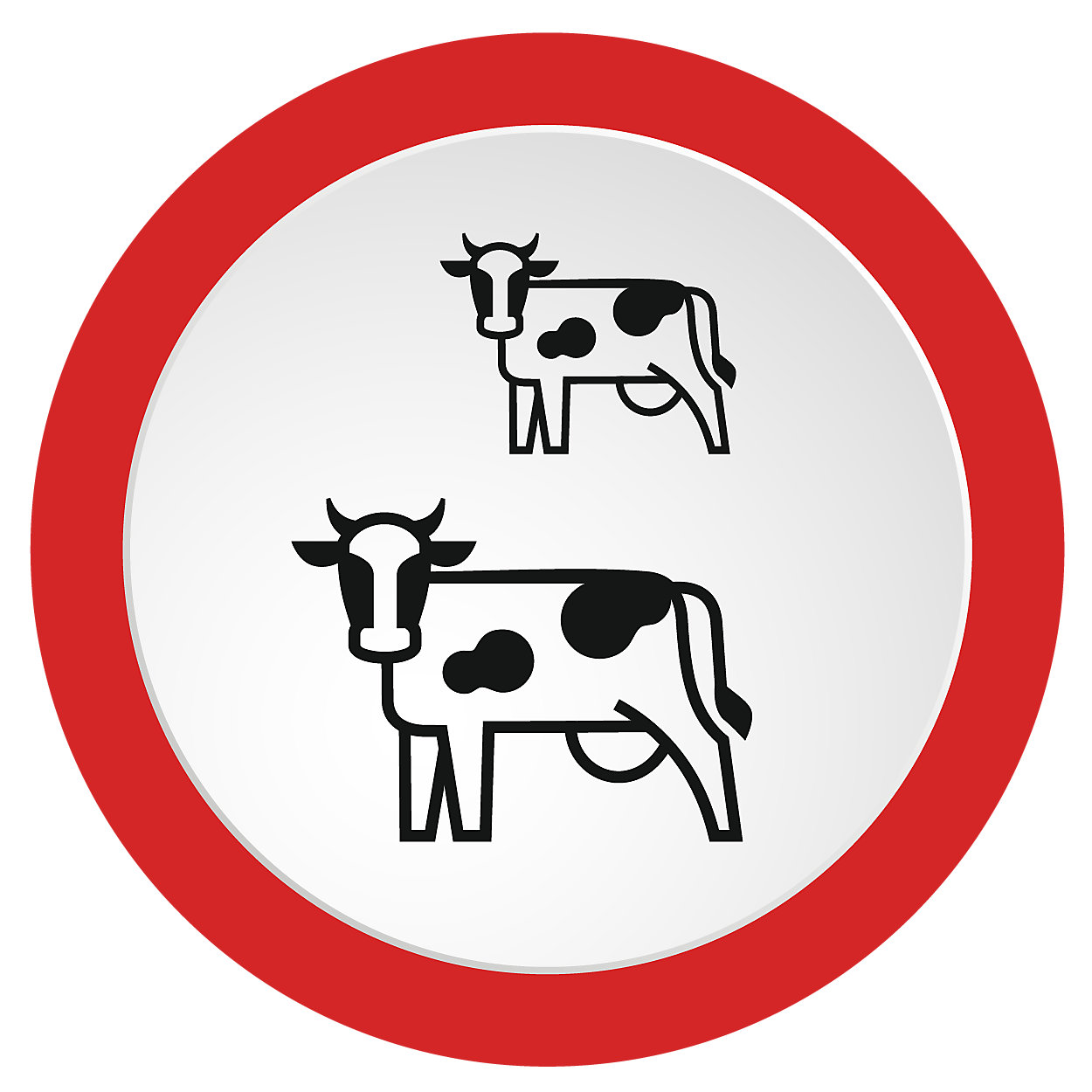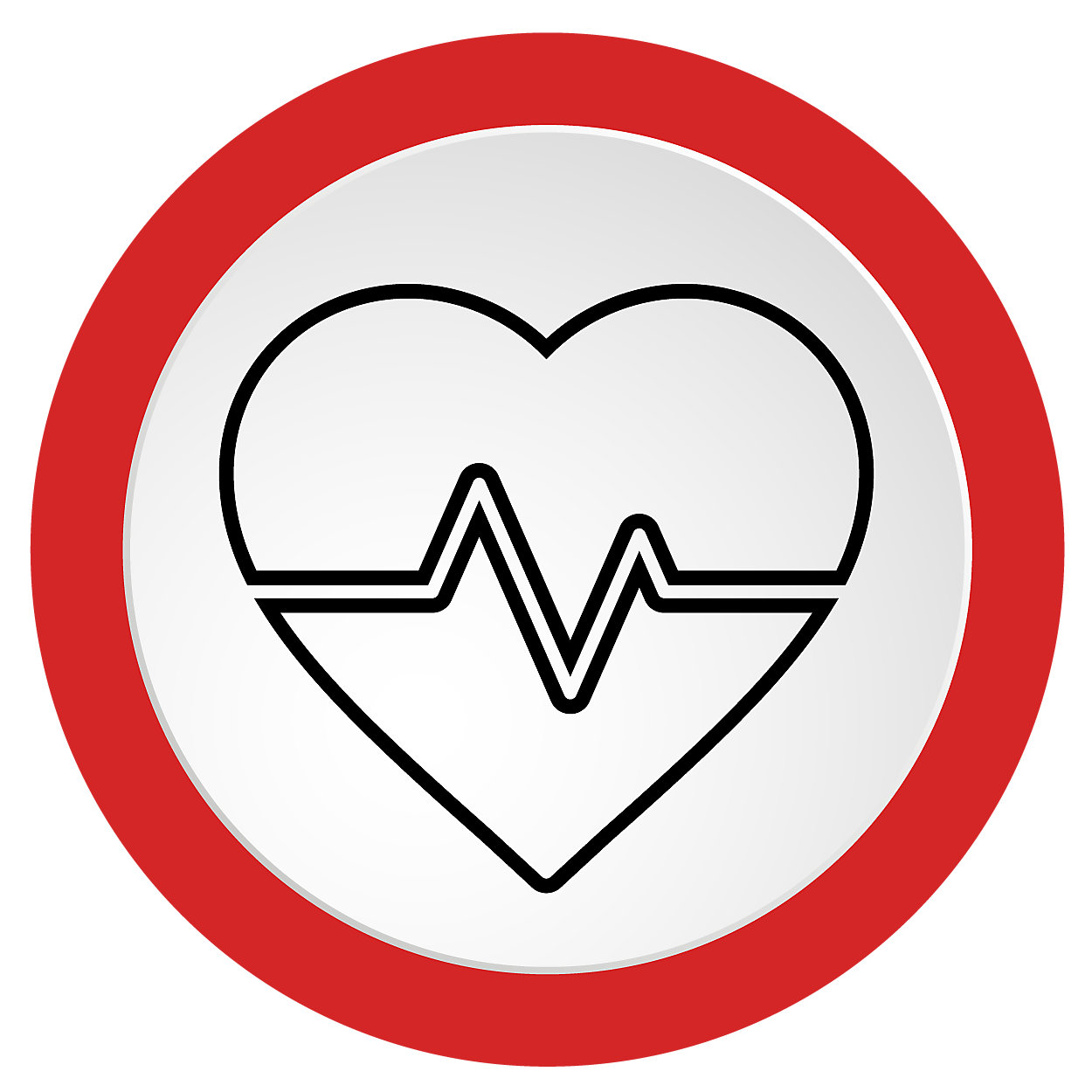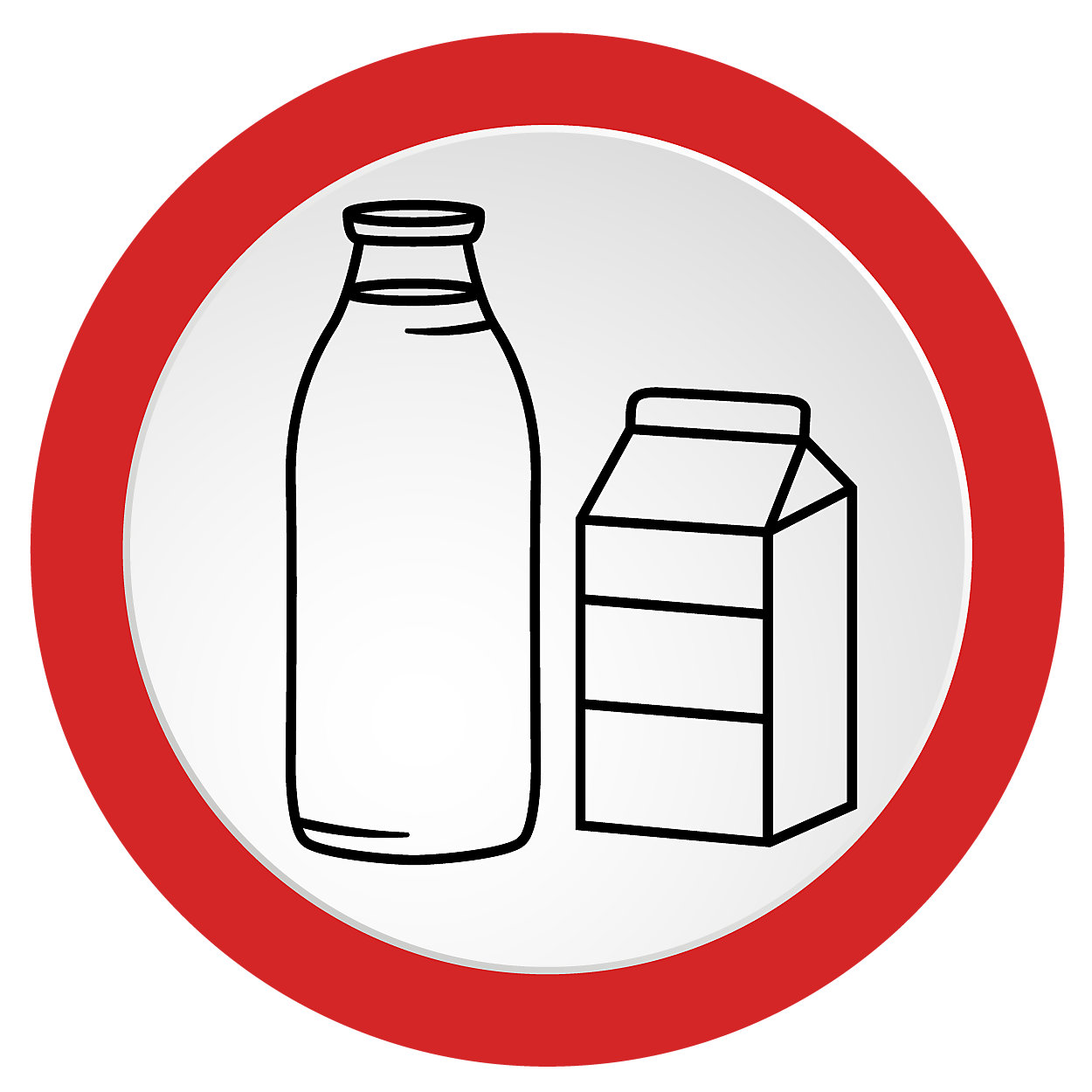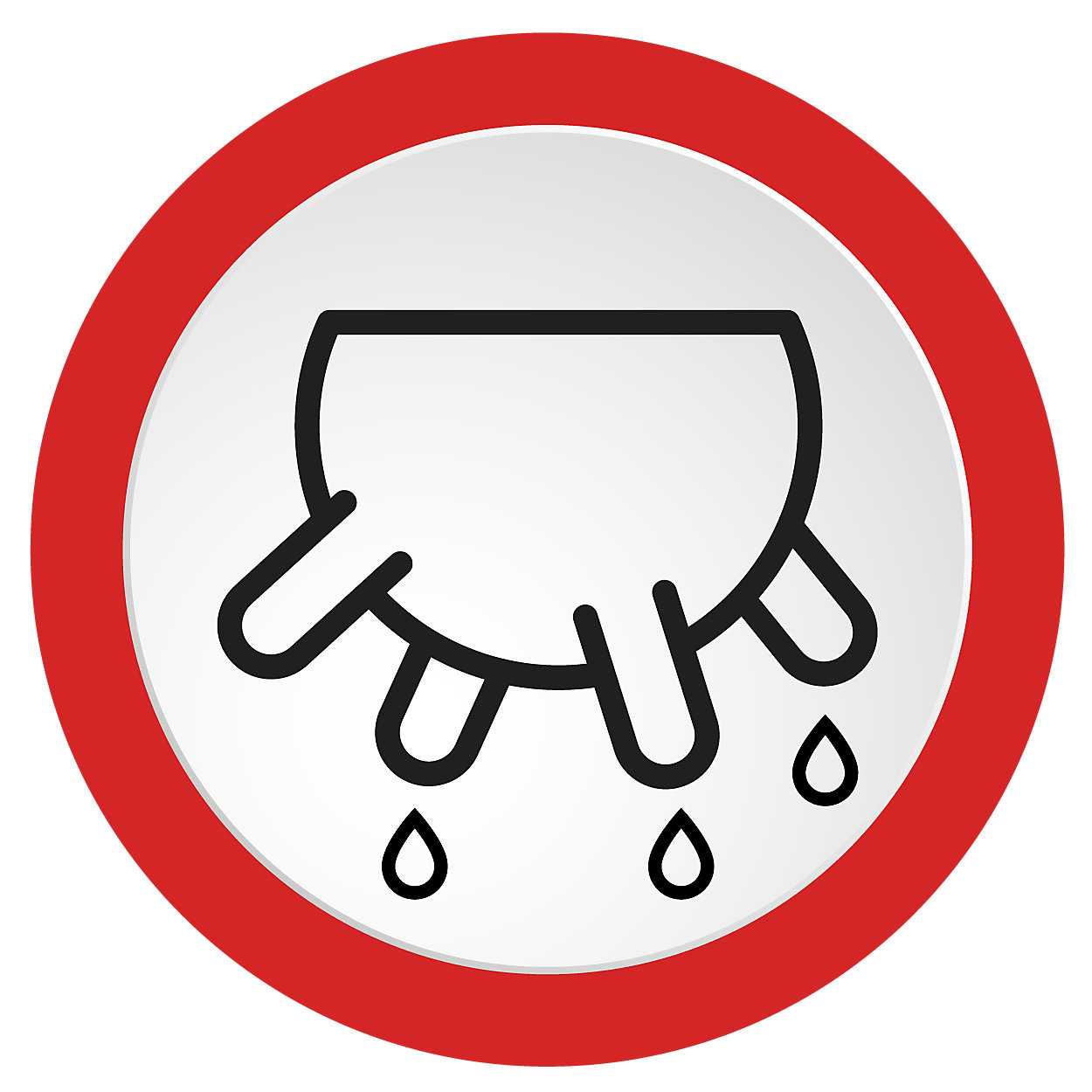A Close Up On Cow Nutrition By Kemin
Encapsulated Calcium Chloride
The start of each new lactation challenges a dairy cow’s ability to maintain a normal blood calcium level. Empowering your cow 20 days before calving with an acidogenic diet boosts your cow with more calcium in her bloodstream. This results in sound metabolic health and better milk yield after calving.
NutriCAB™ is a palatable encapsulated source of calcium chloride, which facilitates easy calving with a reduction in hypocalcemia (milk fever) and associated metabolic disorders. This results in better cow health, peak milk yield and lactation persistency.
Cow Health – Why? Hypocalcemia
Milk (colostrum) is very rich in calcium, and cows must quickly shift their priorities to adjust for this sudden calcium outflow right after calving. We see that the average blood calcium concentration declines heavily in second or greater lactation around calving. The lowest concentration of blood calcium around calving can trigger a cascade of negative events that ultimately reduce dry matter intake, increase metabolic diseases, and decrease milk yield.
For a lactating cow to be successful, she needs to be able to mobilize calcium from her bones. This process can take 10 to 15 days. Without adequate time to prepare for lactation, milk fever can be a major issue. By changing the diets provided during the close-up period, we allow time for the cow to begin to mobilize calcium and for her rumen to adapt to the forages and higher energy diets. These are essential to absorb nutrients and prevent problems after calving.
Metabolic Disorders at a Subclinical Level
If animal health is compromised, it affects dairy producers in several ways. Today’s concern is “subclinical metabolic disorders”. A metabolic disorder, i.e., subclinical hypocalcemia (SCH), is considered as “a gateway disease” because it is associated with an increased risk of periparturient problems that have long-term consequences on the production, reproduction, and survival of cows.
Poor Calcium Balance and Incidences of Subclinical Hypocalcemia
Research findings (Reinhardt et al., 2011) suggest that cows are more susceptible to hypocalcemia as the lactation number increases.
Leakage in Your Dairy Profit
Subclinical hypocalcemia is much costlier than clinical milk fever because it affects a much higher percentage of cows in the herd (Guard, 1996 and Oetzel, 2011). Total loss due to SCH is assumed to be greater than four times than clinical incidences of milk fever.
Cow Health - How? Reduced DAB
NutriCAB™ is the concentrated source of encapsulated calcium chloride, which has a DCAD value of -13800 mEq/kg product. The product changes your cow’s blood pH towards a slightly acidic condition because of chloride ions. The cow mobilizes more calcium from her bones in an attempt to buffer the acid in her bloodstream. In this way, the cow receives maximal calcium supply at the time of calving. NutriCAB™ supports reducing incidences of hypocalcemia and milk fever which occur due to calcium deficiency.


